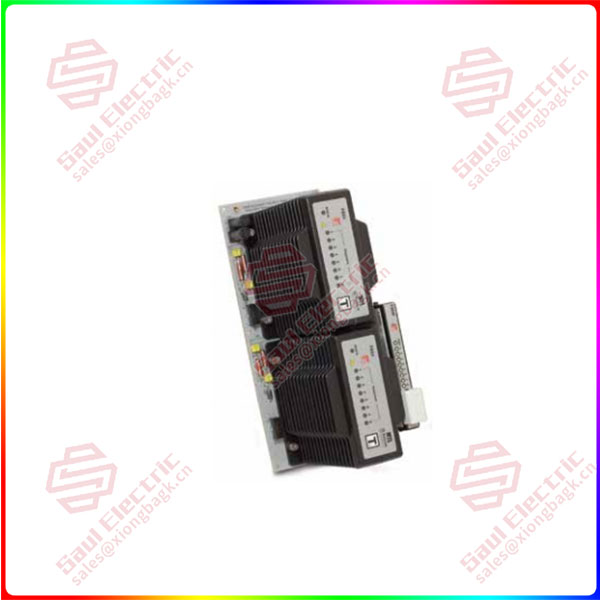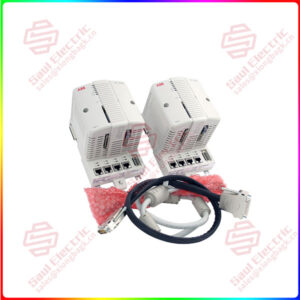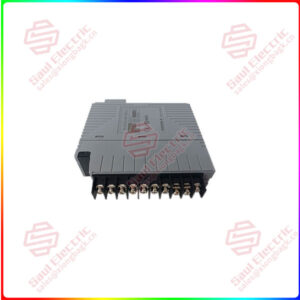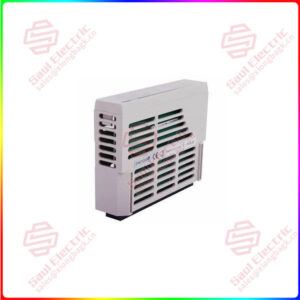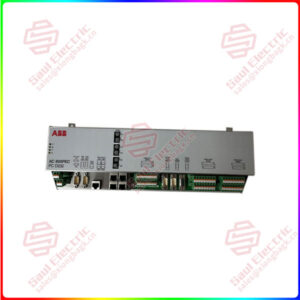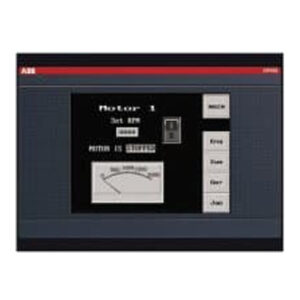Description
Overview
Essential details:F860-CA HONEYWELL Series C “fieldbus interface module
lf you need to inquire or purchase ,please send the product models to my email or call medirectly .
sunny He
[Email] sales@saulcontrol.com
[Mobile] 86-18059884797
[WhatsApp] 86-18059884797
[Skype] sales@saulcontrol.com
F860-CA HONEYWELL Series C “fieldbus interface module
CAN bus uses serial data transmission mode, can run on 40m twisted pair at 1Mb/s rate, can also use optical cable connection, and on this bus bus protocol supports multiple master controllers. CAN is similar to the l2C bus in many details, but there are some obvious differences.
When a node (station) on the CAN bus sends data, it is broadcast in the form of a message to all nodes in the network. For each node, data is received regardless of whether it is sent to it or not. The 11-bit character at the beginning of each set of messages is an identifier that defines the level of the message. This message format is called content-oriented addressing scheme. Identifier in the same system Yes, it is not possible for two stations to send a message with the same identifier. This configuration is important when several stations simultaneously compete for bus reads. When a station wants to send data to other stations, the CPU of the station will send the data and its own identifier to the CAN chip of the station, and is in a ready state; When it receives the bus assignment, it switches to the sending message state. The CAN chip organizes the data into a certain message format according to the protocol and sends it out. At this time, other stations on the network are in the receiving state. Each station in the receiving state checks the received packets to determine whether the packets are sent to it, and then determines whether to receive them.


 1 Year Warranty
1 Year Warranty
